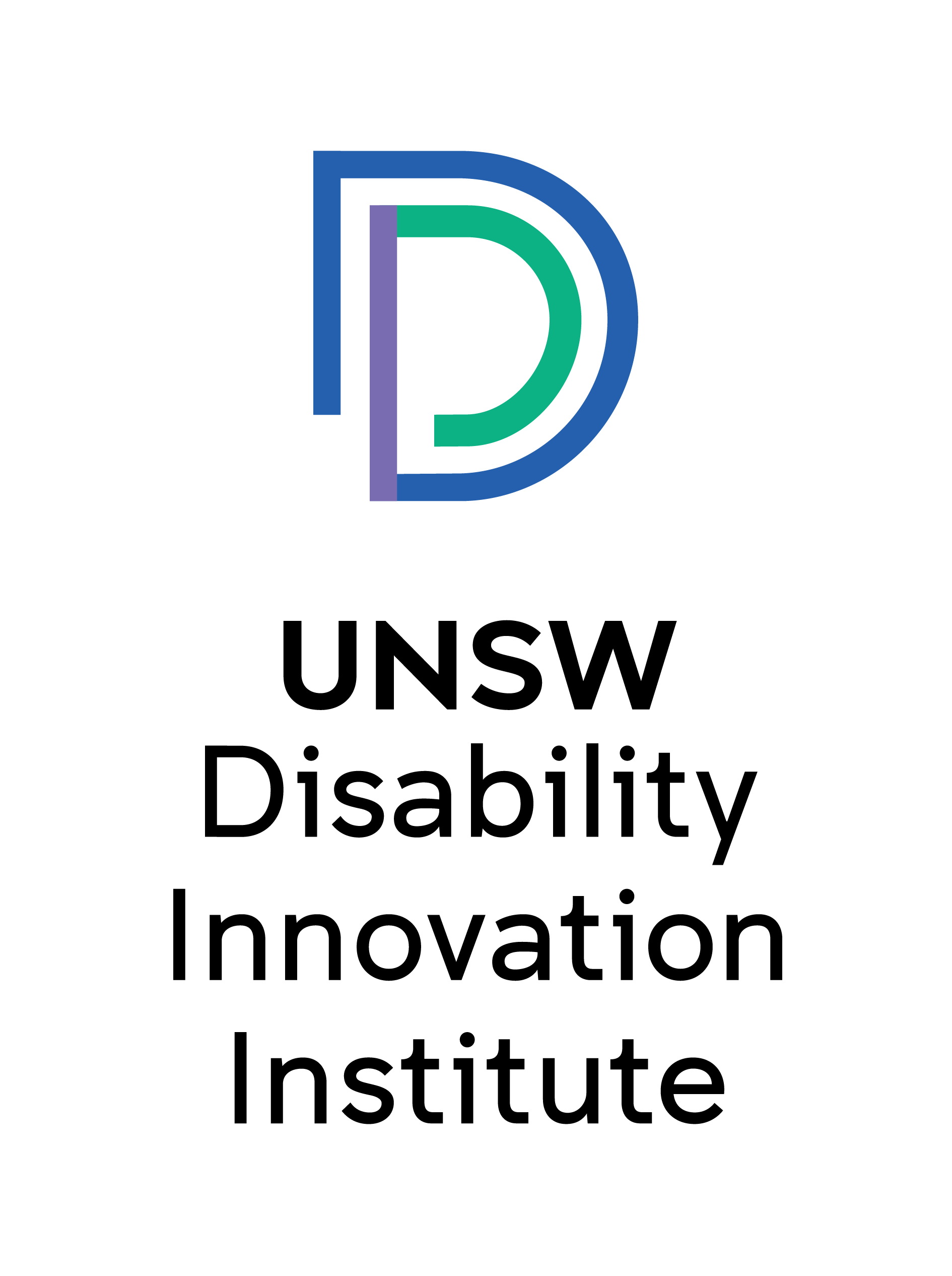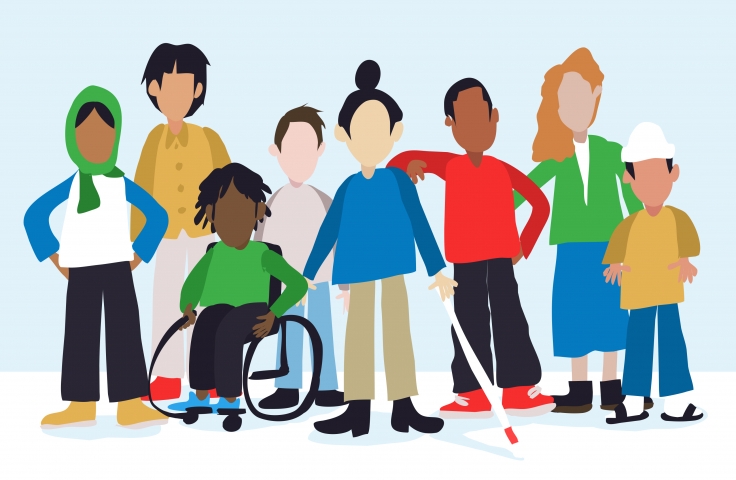According to a 2011 World Health Organization report, 15% of people in the world have some type of disability; universities need to support those 15% of students in realising their educational aspirations. The average university completion rate for students with disabilities is 4.5%, compared to 7.9% for those without a disability.
Twenty-five years ago, the Salamanca Statement called on the world to support inclusive education approaches, including at higher education institutions. Australia adopted the Disability Discrimination Act (DDA) Education Standards as federal law in August 2005. The DDA set out the educational rights of students with disability, as well as obligations that education providers, including universities, must meet in order to support students with disability.
The Education Standards outlined three main obligations of education providers:
- Obligation to consult
- Obligation to make reasonable adjustments
- Obligation to eliminate harassment and victimisation
Universities must think about the needs of students with disability when they are deciding what will be in a course and how they will teach it. They need to think about the types of adjustments or different ways of teaching that can help a student with disability to achieve the main aims of a course. This includes making sure that students with disability have the same opportunities to participate in school or a course as other students. This may mean making adjustments to how the course is taught, what materials are used, and how students will be assessed.



